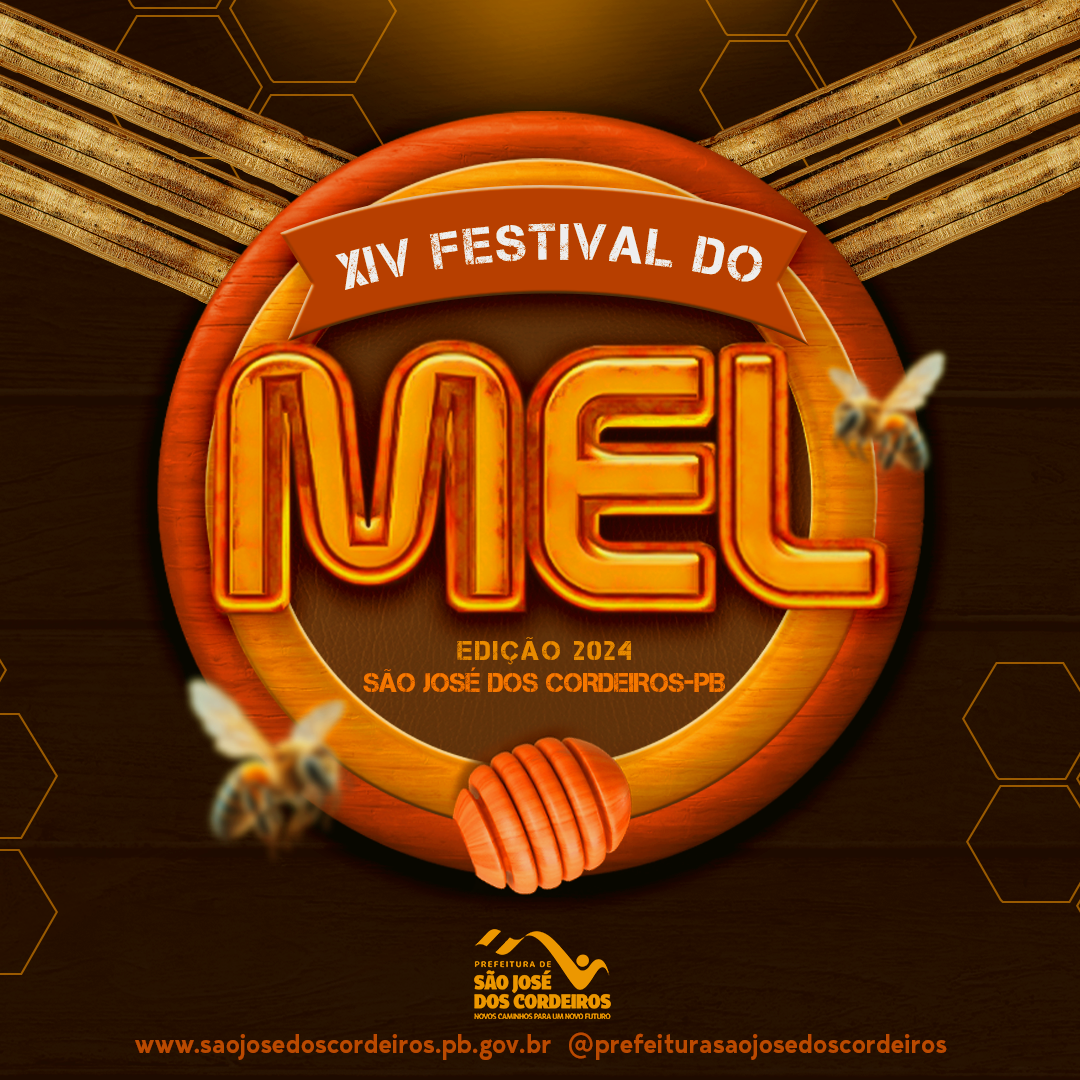to the Updates on the use of royal jelly on anti-carciogenic effects
Updates on the use of royal jelly on anti-carciogenic effects
Keywords:
Cancer; Royal jelly; PreventionAbstract
Royal jelly is rich in proteins, lipids, carbohydrates, vitamins, minerals and bioactive compounds, such as flavonoids and phenolic acids. These components are responsible for many of its beneficial health effects, including antioxidant and anti-inflammatory properties. It is a substance produced by the hypopharyngeal glands of worker bees and is mainly used to feed bee larvae and the queen. This bee product has been valued for its nutritional properties and potential health benefits. In recent years, there has been increasing interest in investigating the effects of royal jelly on cancer, with several studies exploring its potential as an anti-cancer agent. While royal jelly has properties that may be beneficial in the fight against cancer, it is essential to approach it as part of a strategy to improve health. The use of royal jelly should not replace conventional treatments, but can be considered as a potential complement. It is always recommended to consult a healthcare professional before starting any supplement, especially in the context of treating serious illnesses such as cancer, some studies have shown that royal jelly extracts can inhibit the growth of tumor cells or even induce apoptosis in certain cell lines. However, it is crucial to remember that most of these studies are in the early stages and have been carried out mainly in animal models or cells grown in the laboratory. More research, including human clinical trials, is needed to confirm these effects and determine whether royal jelly can be an effective and safe part of a cancer treatment strategy.
Downloads
Published
How to Cite
Issue
Section
License
Copyright (c) 2024 Bruna Costa Furtado, julio cesar espinola , Sara Felicia Queiroz , Rachel, Thyago, Enzo, Luan (Autor)

This work is licensed under a Creative Commons Attribution 4.0 International License.
Termo de cessão de direitos autorias
Esta é uma revista de acesso livre, em que, utiliza o termo de cessão seguindo a lei nº 9.610/1998, que altera, atualiza e consolida a legislação sobre direitos autorais no Brasil.
O(s) autor(es) doravante designado(s) CEDENTE, por meio desta, publica a OBRA no Caderno Verde de Agroecologia e Desenvolvimento Sustentável, representada pelo Grupo Verde de Agroecologia e Abelhas (GVAA), estabelecida na Rua Vicente Alves da Silva, 101, Bairro Petrópolis, Cidade de Pombal, Paraíba, Brasil. Caixa Postal 54 CEP 58840-000 doravante designada CESSIONÁRIA, nas condições descritas a seguir:
O CEDENTE declara que é (são) autor(es) e titular(es) da propriedade dos direitos autorais da OBRA submetida.
O CEDENTE declara que a OBRA não infringe direitos autorais e/ou outros direitos de propriedade de terceiros, que a divulgação de imagens (caso as mesmas existam) foi autorizada e que assume integral responsabilidade moral e/ou patrimonial, pelo seu conteúdo, perante terceiros.
O CEDENTE mantêm os direitos autorais e concedem à revista o direito de divulgação da OBRA, com o trabalho simultaneamente licenciado sob a Licença Creative Commons do tipo atribuição CC-BY.
O CEDENTE têm autorização para distribuição não-exclusiva da versão do trabalho publicada nesta revista.
O CEDENTE têm permissão e são estimulados a publicar e distribuir seu trabalho online (ex.: em repositórios institucionais ou na sua página pessoal) a qualquer ponto antes ou durante o processo editorial, já que isso pode gerar alterações produtivas, bem como aumentar o impacto e a citação do trabalho publicado.








